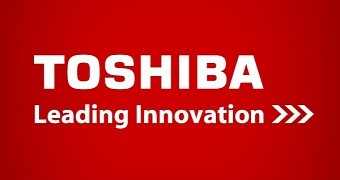The battle between SSDs and HDDs when it comes to their primacy in the enterprise business has gotten even hotter.
Right now we're going through great times when it comes to storage technology advancement. HDDs are still enjoying the best prices available among all hard disks while struggling to offer more and more storage space to keep up with the enormous amounts of data of modern-day servers, while SSDs fiercely catch up with HDDs and for great sums of money companies could buy the biggest hard disk drive in the world.
It didn't take long, however, for the HDD manufacturers to strike back at Samsung's advanced V-NAND 16TB SSD and announce their own research in 100TB+ storage space development via HAMR technology, that goes beyond the SMR tech Seagate and Western Digital currently develop.
Traditional HDD platters find it hard to outlive the SSD advancement
In the SSD team, the new types of NAND memory have the main purpose of bringing down the price of traditionally expensive SSDs and also build solid-state drives to unprecedented capacities. Although progress to such massive data storage capacities was to be expected, Toshiba made it clear at the recent IDF conference that 128TB enterprise SSDs will most likely hit the market in 2018.
By manufacturing quad-level cells (QLCs) and BiCS (bit cost scalable) 3D NAND flash Toshiba hopes to reduce significantly the cost of non-volatile memory, and yes the recent V-NAND architectures will also help to double every few years the capacities of NAND flash memory chips.
According to Nordichardware.se Seagate reveals that it will take 10 years before HDDs might reach the 100TB threshold equipped with the experimental HAMR, while 128TB SSDs could arrive only during the next ten years. Although HAMR tech will arrive much earlier, it will come in small 4TB sizes for experimental purposes.

 14 DAY TRIAL //
14 DAY TRIAL //